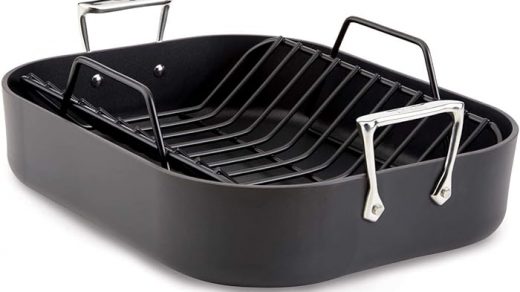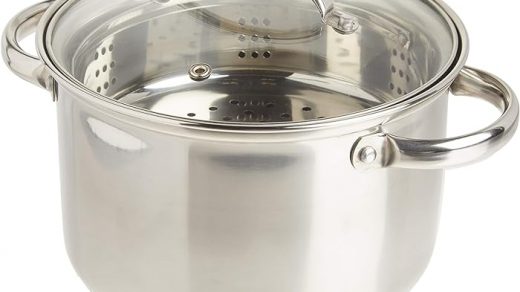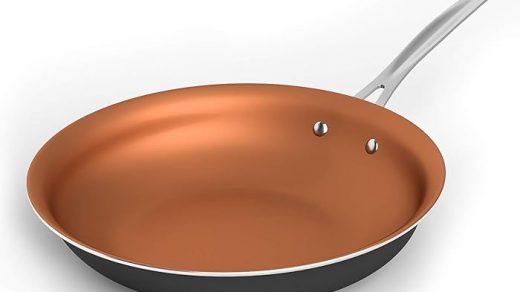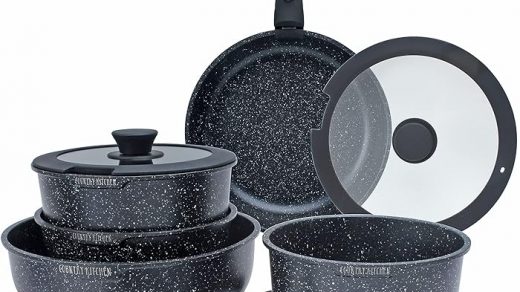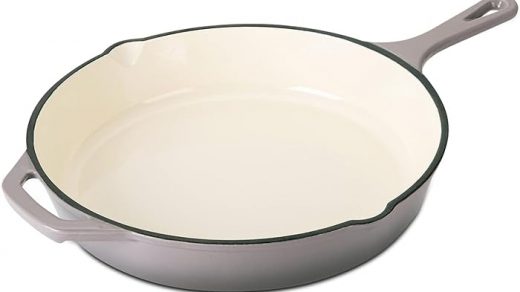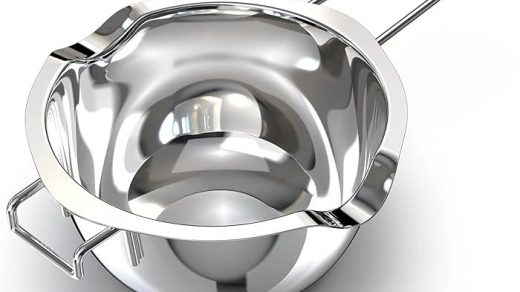Microwave ovens are a staple in modern kitchens, offering convenience and efficiency in cooking and reheating food. The power output of these appliances, measured in watts, significantly influences their cooking performance. A 950-watt microwave, for example, can handle almost anything you would cook at home, providing versatility both on the road and in the kitchen.
When following cooking instructions, it’s important to adjust the cooking time based on your microwave’s wattage. For instance, a 600-watt microwave might require 2 minutes to heat a meal, whereas an 800-watt model could do the same in just 1 1/2 minutes. This variation in cooking times is crucial to avoid overcooking or undercooking food.
The market offers a range of microwaves from lower power 600-watt units to high-powered 1250-watt models. A 600-watt oven, for example, may only reach temperatures between 95-105F (35-40C) in the same amount of time a higher wattage oven would cook thoroughly. This is why selecting the right wattage for your needs is essential, especially when considering space and power limitations.
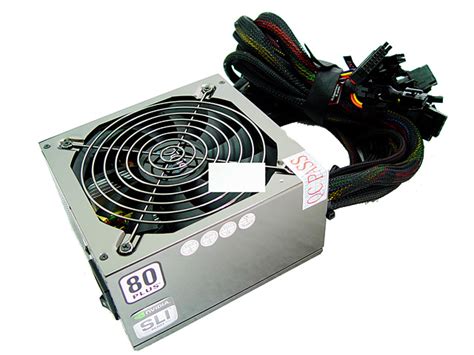
For smaller kitchens or limited spaces, compact microwaves, like the 14-liter model with an ultra-compact design, are ideal. These small microwaves, typically ranging from 600-800 watts, are great for heating small meals and beverages, though they may take slightly longer than their higher wattage counterparts. Easy-to-use mechanical dials in these models allow users to select from six cooking power levels and set timers up to 30 minutes.
For larger kitchens or higher cooking demands, models like the Faberware and Black & Decker digital microwave ovens are suitable choices. These offer greater capacity, such as the 27-liter stainless steel combination microwave with 1000W cooking power, a 1300W Quartz grill, and a 100 – 220 C convection oven. Higher wattage microwaves, ranging from 900 to over 1200 watts, are more powerful and efficient, suitable for a variety of cooking tasks.
